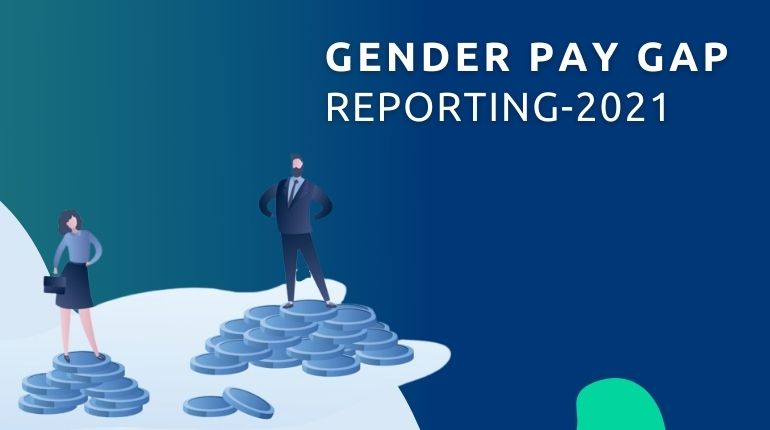Press Releases
Gender Pay Gap Report
It’s nice to say women now have equal rights as men. It’s even nicer when you see men coming forward to back women’s rights. But if we look deeper into various industries, it will be evident that not everything is the same between men and women, especially when it comes to salaries and wages.
There is still a significant gender pay gap, a difference in the average earnings between women and men, that exists even in 2022 and in a country like the UK. But how are we analysing this gap?
We have used the hourly pay gap statistics available on the UK Gender Pay Gap Reporting portal, maintained by the Government Equalities Office (GEO), to create an interactive Gender Pay Reporting Dashboard with the help of Microsoft Power BI Business Data Analytics and Visualisation Software.
Our dashboard comprises a dashboard overview, male vs. female pay gap by selected sectors, and gender gap range and gender split by pay level by selected employers.
The smart dashboard allows users to filter their search according to specific sectors and employers to analyse the high pay gap in the UK. This is specifically helpful for women employees in choosing a high-paying sector and an unbiased employer.
While analysing the pay gap between genders using our Gender Pay Reporting Dashboard, we have considered three diversity and inclusion strands: age, gender equality, and race equality. Here’s a quick overview.
According to our findings, the average difference between the wages for men and women in 2020-21 was 13.98%. Moreover, multiple male-dominated industries still exist where women can’t make a significant breakthrough. The construction industry, for example, in the UK, consists of approximately 15% women. One of the main reasons for this difference is the pay gap between genders.
The pay gap is more in older age groups
Our detailed study shows that there was almost a negligible gap in pay between women and men in the construction industry in 2021 for lower age groups. For example, workers between 22 to 29 had a pay gap of 0.9%. However, as the age group headed towards the 40s and 50s, there was nearly a 13% pay gap. If we look at the age group above 60, then the percentage falls by 2.8%, but 10.2% is still a huge gap that’s still not acceptable if people from both genders are working on the same project and working for the same amount of time.
Pay gap based on the position of power
While men and women are going shoulder to shoulder in all aspects of life, the latter is heavily underrepresented in various leadership positions in the construction industry. As per our statistics, the best construction companies in the UK have only 8% female CEOs. The percentage goes down to 3.6% if we consider only the top 250 companies. This automatically results in a pay gap, meaning men are at a superior pay scale than women. The difference in pay level is high, not only in the construction industry. The salary gap between men and women exists in other sectors too.
If you take a look at the statistics of the last five years, the difference between the salaries is astounding. While the ratio was 73.75 to 26.25 in favour of men in 2017, the difference for the last accounting year stood at 80.46 to 18.07. This clearly shows the existence of a pay gap that, in most cases, favors men over women.
Does that mean men will continue to rule most industries and earn more than women? Not necessarily. We had calculated the gender pay gap for the last few years, and it seems that slowly and steadily, the gap is closing in. The gap stood at 14.35% in the financial year 2017-18.
We can only hope that the gap diminishes fast, and we live in a world where both genders earn equal pay for the same job, are valued, and can get what they truly deserve.

